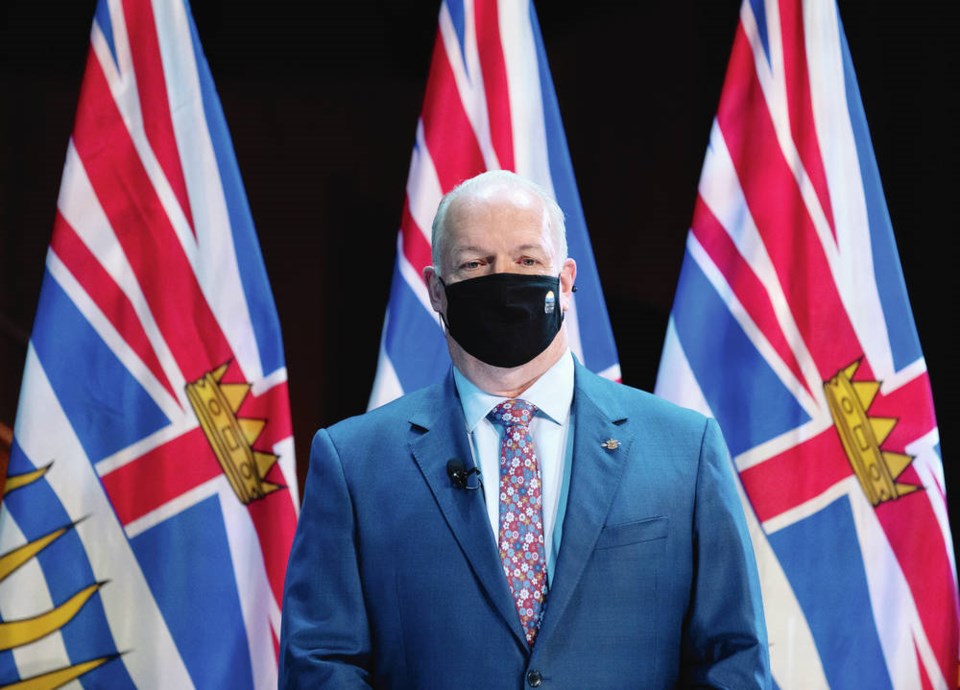We donŌĆÖt normally give a lot of thought to the dynamics of breath. Like a beating heart or the Eveready bunny, breathing is ŌĆö or should be ŌĆö as easy, automatic, and natural as, well, breathing.
Thanks to COVID-19, however, weŌĆÖve heard more this year about this usually simple basic body function. Not only is shortness of breath a possible symptom of the illness, we know far more about respiratory droplets, aerosols and ŌĆ£moist talking.ŌĆØ
Breath and breathing was what turned a routine choir practice into a super-spreader event just over the border early in the pandemic. Sixty-one singers showed up for the Skagit Valley Chorale rehearsal in Mount Vernon, Washington, on March 10, standing close to one another, breathing in unison and belting out notes and viruses for 2.5 hours in a church hall. Of these, 32 were later confirmed to have contracted COVID-19 at the practice and another 20 are thought likely to have contracted it. Two died.
Reports out of China during the summer and fall spoke of people who dined in a poorly ventilated restaurant and contracted COVID-19 viruses circulating in the roomŌĆÖs air.
Then we learned of the ŌĆ£cough chamberŌĆØ results. Participants coughed into a two-metre enclosed cube at Western University in London, Ont. Within the cube, a camera and a laser tracked the resulting cough ŌĆ£jetŌĆØ and determined the speed of the droplets forcibly flung from participantsŌĆÖ mouths.
Peak velocity, observed at the coughŌĆÖs jet centre, was 1.2 metres per second. Unobstructed droplets easily crossed the chamberŌĆÖs two metres within three seconds ŌĆ” and could have continued further.
This means that very fine cough aerosols can remain suspended in the air for a long time.
More recently, aerospace researchers in Toronto created a model that combines cloud and crowd physics to study how droplets expelled by people infected with COVID-19 move through the air as multiple people interact and move through the same space.
The model captures complicated dynamics and forces such as ’¼éow physics, droplet and jet aerodynamics, turbulence, evaporation and related thermodynamics. It also accounts for the various behavioural properties of wet and partially evaporated droplets, viral load and COVID-19 virus lifetimes, as well as whether the viruses were breathed, coughed, sneezed, or talked out (the type of ŌĆ£respiratory eventŌĆØ in pointy-head talk).
The researchers found that droplets tend to evaporate and shrink by as much as 80 per cent in the minutes after being jetted forth, without restraint, from uncovered mouths. That shrinkage allows the droplets to slip through mask fibres ŌĆō and gives us yet another reason to contain the outflows of our personal ŌĆ£respiratory eventsŌĆØ within masks.
The researchers also found that the dried-out droplet nuclei that contain the virus particles can easily spread 3.5 metres. However, with distance comes mixing with the surrounding air and, thereby, viral dilution, which reduces the likelihood of infection.
That said, in poorly ventilated spaces, droplet nuclei remain suspended in air for long periods of time. Because of this persistence, they retain their potential to infect larger numbers of people than the initial droplets would.
Other research shows that the shape of the spaces in which virus-laden droplets move through the air affect the droplet-cloud dynamics. For example, one study found that if a person walking in a narrow corridor coughs, droplets they expel on their breath travel around and behind their body to disperse in one or two distinct patterns.
In one pattern, the droplet cloud detaches from the moving person and drifts away down the narrow corridor far behind that individual as a floating, slowly whirling bubble of concentrated virus-laden droplets.
In the other pattern, the cloud attaches to the personŌĆÖs back and streams along behind them at about waist height like a wake, in much the same way that a boat creates a wake in water as it travels.
Anybody moving down the narrow corridor behind the cougher risks catching their floating or streaming droplet clouds, but children are more likely to be the right height to plough face first through the droplets.
All of this underscores why wearing masks (triple-layered, please ŌĆō letŌĆÖs keep those droplets contained) helps to protect everyone around us from whatever viruses we might be spewing.



